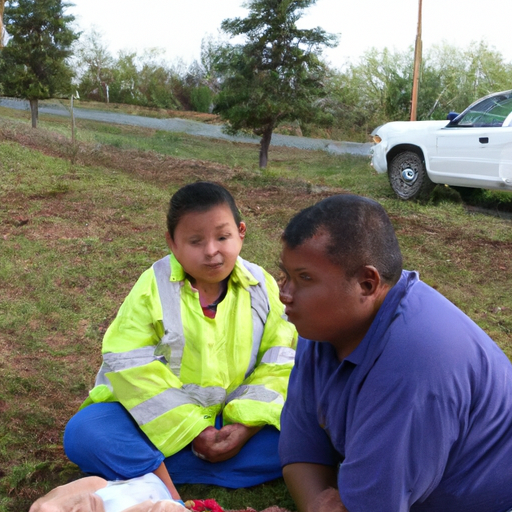Opioid Crisis in Canada: An All-Time High in Edmonton’s EMS Responses
In a distressing trend, Edmonton reached an all-time high in response calls related to opioid overdoses, highlighting the intensifying opioid crisis in Canada. An article from Edmonton CTV News illustrates the dire situation and its effects.
Record-Breaking Crisis
According to the piece, emergency medical services (EMS) in Edmonton have seen opioid-related calls skyrocket, underlining an increasingly alarming public health crisis. Outstripping past records, the alarms raised due to opioid situations reached a disturbingly high count in 2023, pointing to an urgent need for action and intervention.
Quick Facts:
- Opioids refer to a group of drugs that include addicts’ often-preferred heroin, synthetic opioids like fentanyl, and pain relievers available legally by prescription.
- Opioid overdose can cause severe symptoms like slowed or stopped breathing, leading to death.
- Naloxone is a medication used to counteract opioid overdose.
The Effects on a Community Level
The brunt of this opioid crisis in Canada is felt far beyond the medical sector and, unfortunately, impacts the entire community. With the rising urgency of opioid situations in Edmonton and throughout Ontario, the community encounters increased concerns about homelessness and crime related rates.
As opioids grip people tighter into a cycle of addiction, it leads to unfortunate consequences like unemployment, eventually leading to homelessness. This phenomenon is a compelling factor contributing to the significant rise in the number of homeless populations in urban areas.
Existing Efforts to Combat the Issue
In the fight against the opioid crisis, several efforts have been made at various levels. The Canadian government’s commitment to addressing the opioid crisis is evident in initiatives like the Canadian opioid abatement class action. This class action is a legal effort aimed at holding pharmaceutical companies accountable for their alleged role in fueling the opioid epidemic in Canada.
Moreover, frontline workers and advocates continue in their urgent efforts to combat the crisis. The widespread distribution of naloxone kits and training on how to use them constitutes one such initiative. These efforts undoubtedly save lives, yet the number of calls for help is still soaring, implying that further, more comprehensive efforts are needed.
Closing Thoughts
The urgently escalating opioid crisis in Canada – particularly Edmonton, Ontario – is a clear call to action. As communities grapple with increased incidents of opioid overdose, homelessness, and crime, it is evident that more must be done. While initiatives like the Canadian opioid abatement class action and naloxone distribution present critical steps in the right direction, broader, more robust strategies are needed to tackle the crisis at its roots.
Thus, the key takeaways are:
- The opioid crisis has surmounted to all-time highs in Edmonton’s EMS responses, underscoring urgent action requirement.
- Beyond health impacts, the crisis exacerbates homelessness and crime rates.
- Current steps, like the Canadian opioid abatement class action and naloxone distribution, while valuable, suggest the need for more comprehensive strategies.
Addressing the opioid crisis effectively will undeniably necessitate collaborative, multi-pronged strategies that extend beyond immediate interventions like naloxone distribution. It will require solutions that address the complex social and economic factors at the heart of this crisis. Above all, it will require commitment, urgency, and compassion. The health and well-being of Canadian communities hang in the balance.
